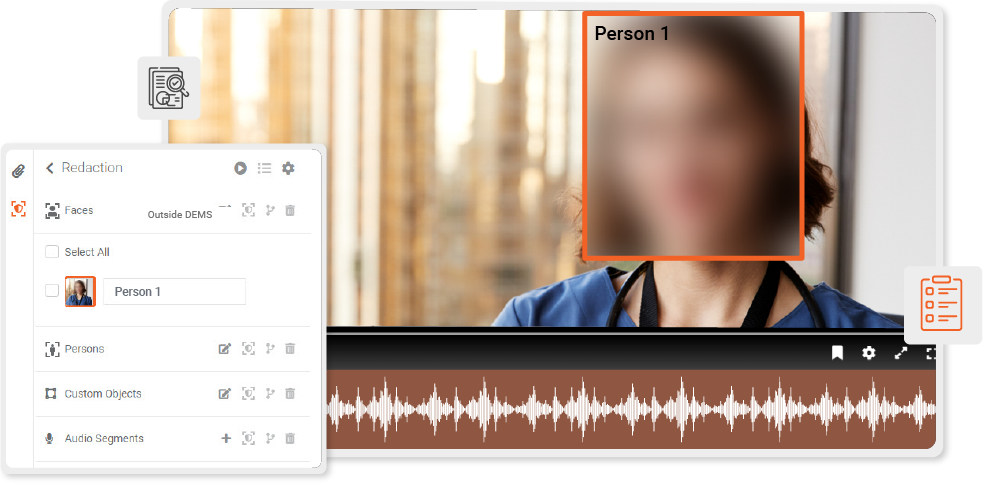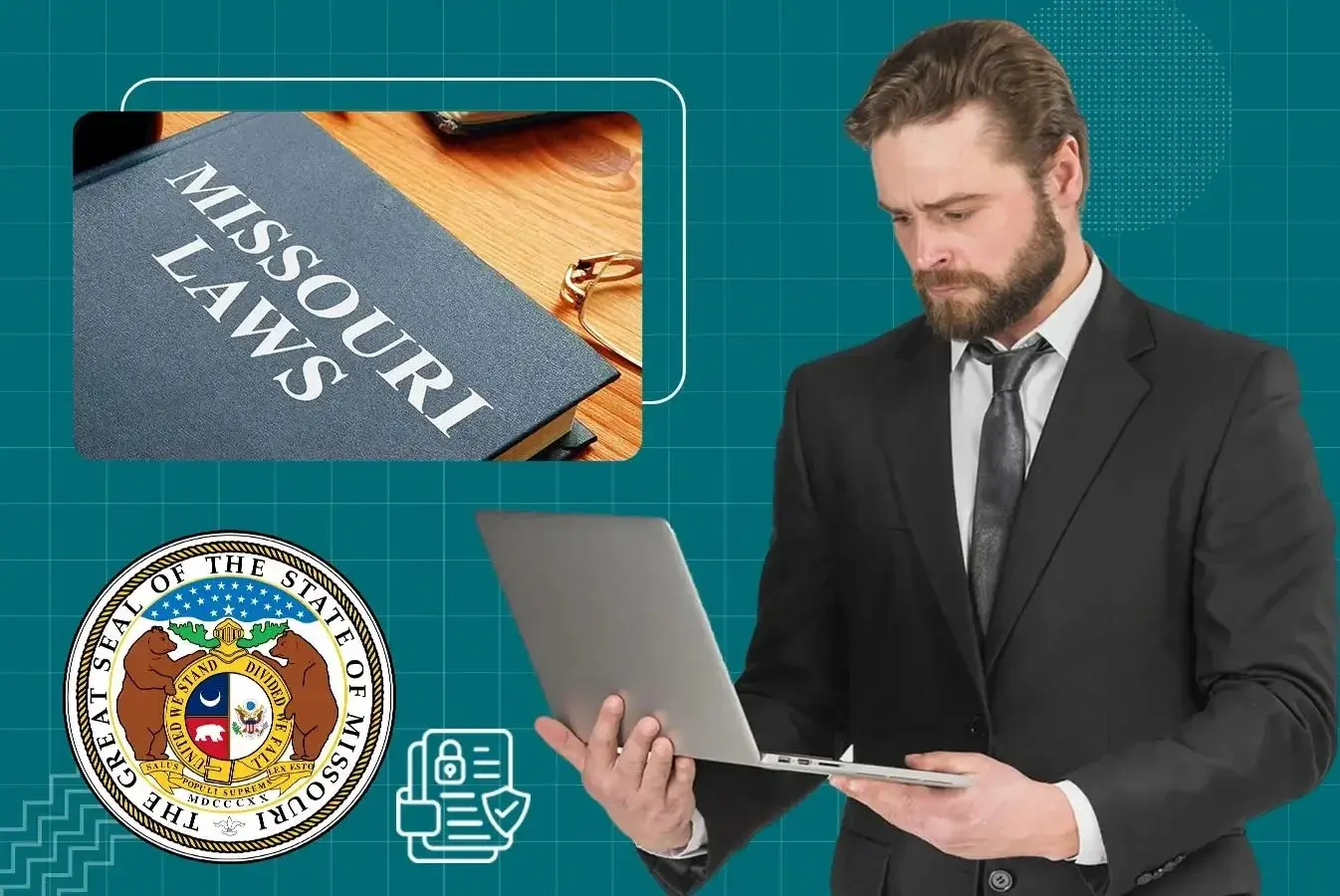Protecting Customer Privacy with Call Audio Redaction for Call Centers
by Rafey Iqbal, Last updated: November 13, 2025, Code:

Key Takeaways
- Call audio redaction is essential for safeguarding sensitive data in recorded conversations
- It helps ensure compliance with privacy regulations like PCI DSS, GDPR, and HIPAA
- AI automation makes redaction faster and more reliable than manual methods
- Redacted audio can still be used for analytics and quality monitoring, supporting business intelligence
- Redaction software like VIDIZMO Redactor simplifies and streamlines redaction workflows for call centers
Call centers handle thousands of conversations daily. Each one of them contains sensitive information, such as credit card numbers, medical details, or personally identifiable information (PII). But every customer call is also a potential data liability.
To prevent such risks, call audio redaction is a must-have solution for call centers. It allows organizations to automatically detect and hide sensitive data from recorded conversations, ensuring compliance with privacy regulations, such as GDPR, CCPA, PCI-DSS, and HIPAA.
In this blog, we will explore what call audio redaction is, why it’s crucial for call centers, and how to implement it effectively using AI-powered solutions.
What is Call Audio Redaction?
Call audio redaction refers to the process of detecting and hiding sensitive information in audio files. This information includes names, payment information, or account details. The goal is to make recordings safe for storage, sharing, and analysis without exposing personally identifiable information (PII).
Common Types of Data Redacted
The following are the most common types of data redacted from call recordings:
- Credit card numbers and banking details
- Social Security or ID numbers
- Addresses and phone numbers
- Medical or insurance information
- Authentication details such as PINs or passwords
Why Call Centers Need Audio Redaction
Call centers need audio redaction for several reasons, such as the following:
Compliance with Data Protection Laws
Call centers are often required to record calls for quality assurance or training. However, retaining sensitive data violates privacy laws if not redacted properly. For instance,
- PCI DSS mandates the protection of cardholder data in recorded calls
- GDPR and CCPA require minimization of stored personal data
- HIPAA enforces strict control over health-related communications
Automatic call redaction helps call centers comply with these regulations by ensuring that sensitive audio snippets are detected and removed before storage or analysis.
Minimizing Data Breach Risks
A single exposed recording can lead to lawsuits and brand damage. By redacting sensitive segments, organizations reduce the risk of unauthorized data access and improve their overall information security posture.
Improving Customer Trust
Customers expect their personal information to remain confidential. When organizations proactively redact sensitive information, it shows a commitment to data privacy and strengthens customer relationships.
Enhancing Data Usability
Redacted recordings remain useful for training, analytics, and sentiment analysis without compromising privacy. This allows call centers to extract insights from conversations safely.
How AI Automates Call Audio Redaction
One thing is for sure. Manual redaction is not feasible at scale. AI-powered redaction software makes redaction automatic, more accurate, and highly efficient.
Step 1: Speech-to-Text Transcription
The system converts call audio into text using speech recognition technology.
Step 2: Sensitive Data Detection
AI algorithms scan the audio for sensitive entities such as credit card numbers or personal identifiers.
Step 3: Redaction
Once detected, the corresponding segments in the audio are replaced with silence or bleep sounds.
Step 4: Review, Approve, and Export
Admins can preview and fine-tune redactions before finalizing, ensuring increased accuracy and compliance.
Step 5: Secure Storage and Access Control
Redacted recordings are stored securely with limited access to authorized personnel only.
Benefits of Implementing Audio Redaction in Call Centers
The following are some of the benefits of implementing audio redaction in call centers:
- Regulatory Compliance: Comply with global data protection laws
- Operational Efficiency: Reduce the need for manual review and editing
- Reduced Legal Exposure: Lower risk of data leaks and privacy violations
- Improved Analytics: Use redacted data for business insights safely
- Customer Confidence: Build trust through transparent data protection practices
Automate Call Audio Redaction to Protect Privacy and Compliance
Call centers cannot afford to overlook privacy protection. Call audio redaction not only minimizes data exposure risks but also ensures compliance and strengthens customer trust.
With redaction solutions like VIDIZMO Redactor, organizations can automate redaction across large volumes of call recordings, enhancing efficiency, accuracy, and security simultaneously.
Explore VIDIZMO Redactor to protect your customer data and meet global compliance standards today through a 7-day free trial (no credit card required) or contact us.
Jump to
You May Also Like
These Related Stories

Best Redaction Software: Protect Data & Ensure Compliance

Redaction Software for Complying with Missouri Redaction Rules


No Comments Yet
Let us know what you think